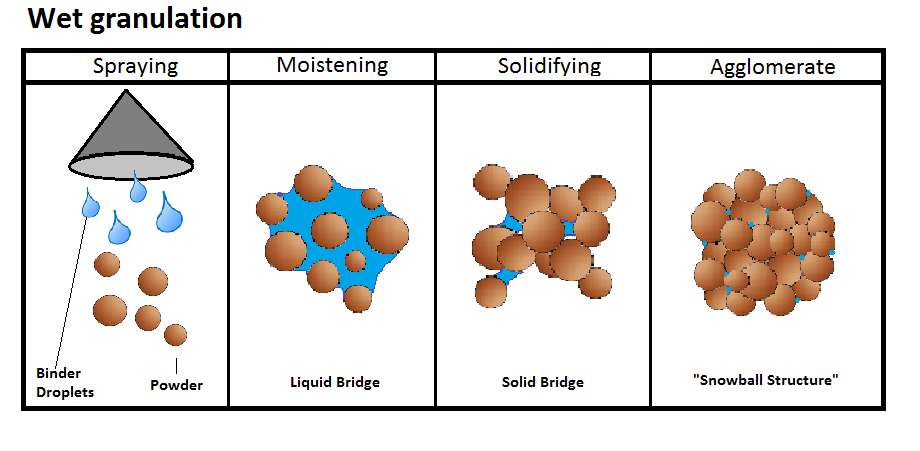Regrind is viewed as a significant marketing opportunity and a cost-saving method in today’s world, where more and more consumers are demanding recycled/reground materials in products. In the production process today, granulation is an important step, but regrind has been considered a problem for many processors.
Many cost-effective solutions to provide quality regarding the manufacturing process without adversely affecting the quality, environment, or the rates are available these days due to the advancements in technology and machine design. However, there are many common “traps” to avoid while thinking about granulation and granulators specifically, some of which are listed below:
- Article Summary show
UNSUITABLE GRANULATOR
A plastic granulator is not just a granulator; there are various things, from horsepower to throat size, that one needs to know about granulators. Any professional blow molder would agree to the same. A specialized granulator configured according to your needs might be required to cut material efficiently. Not investing in it might lead to problems like higher energy consumption, excessive dust and noise, lower capacity, and increased knife wear. Through an analysis of certain aspects like process, material, the method of feeding, part dimension, power, and screen size, an experienced professional will design and recommend an appropriate solution for what the processor is trying to achieve.

MAINTENANCE
The most neglected area of service in many plants is the maintenance of granulators and their critical cutting components. Poor or inadequate instruction manuals and a lack of supporting solutions to simplify functions such as knife servicing make services a burden. Granulators must be designed for easy cleaning and maintenance to avoid that burden. The granulator should have safety switches and features like a rotor locking device. The operator should also have visual paths to all areas of the machine so that it is easier to inspect and confirm that it is free from complications.
POOR KNIFE DESIGN
Another common trap is poor knife positioning and design with little scissor-cutting action, less than optimal rotor knife speed, and poor rotor design. Such complications can lead to non-uniform regrind with high dust content and a greater threat to wear and tear on the granulator. It would help if you always looked for adjustable rotating knives bolted to the rotor. Modern machine designs also include pre-adjustable and cassette blades that allow the maintenance staff to set the critical gap outside the machine, reducing the overall downtime of installing re-sharpened blades.
OVER-FED GRANULATOR
In the name of “testing the limits” of their machines, many processors tend to destroy their granulators shortly after receiving them. Over-feeding your granulator will lead to reduced productivity. It will lead to a decrease in airflow and infected material sitting on top of the rotor. Several electrical options to help with optimized feeding of the granulator, like high-amp alarms, etc. It will save your system from plugging up entirely, hence avoiding damage.
